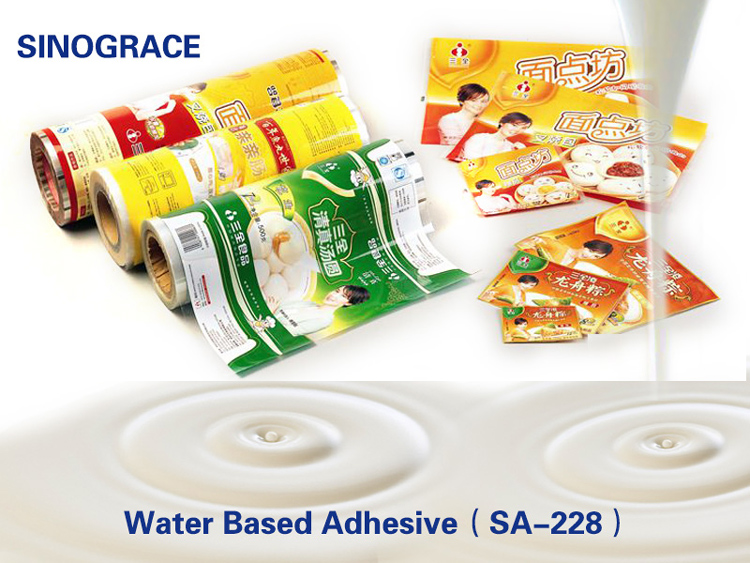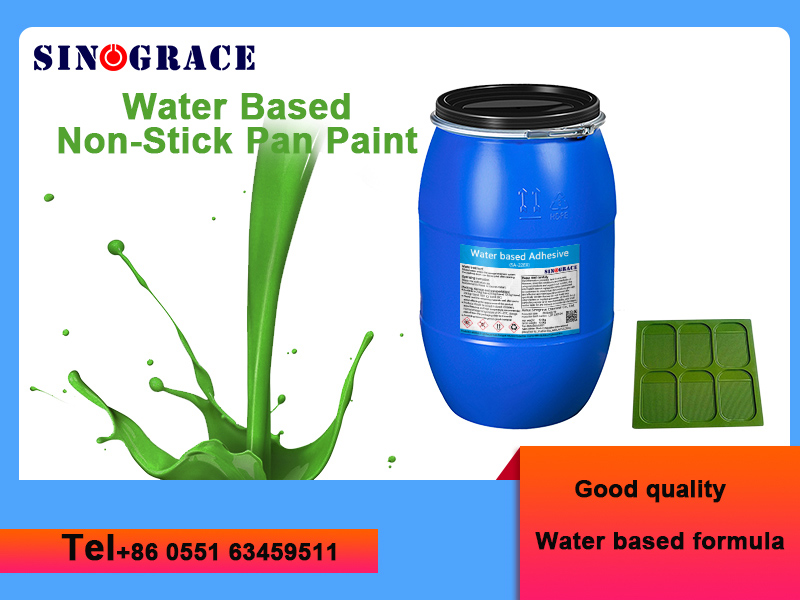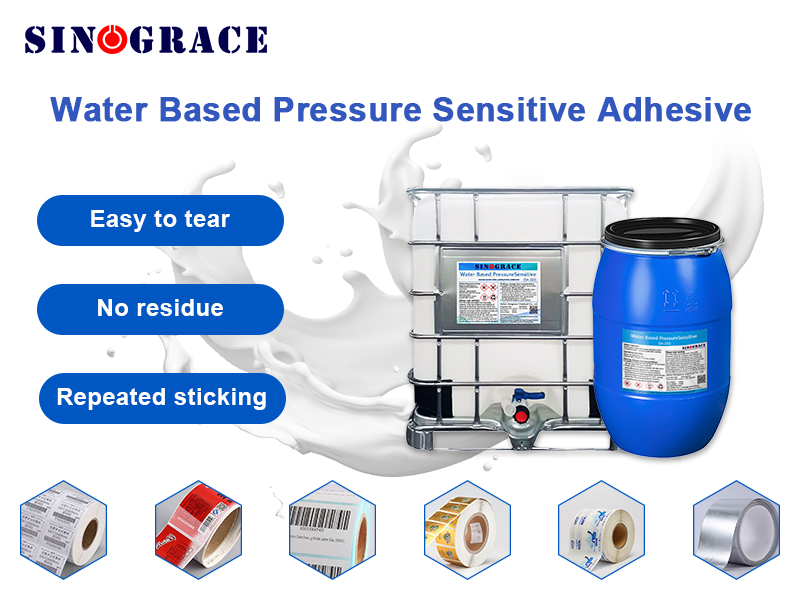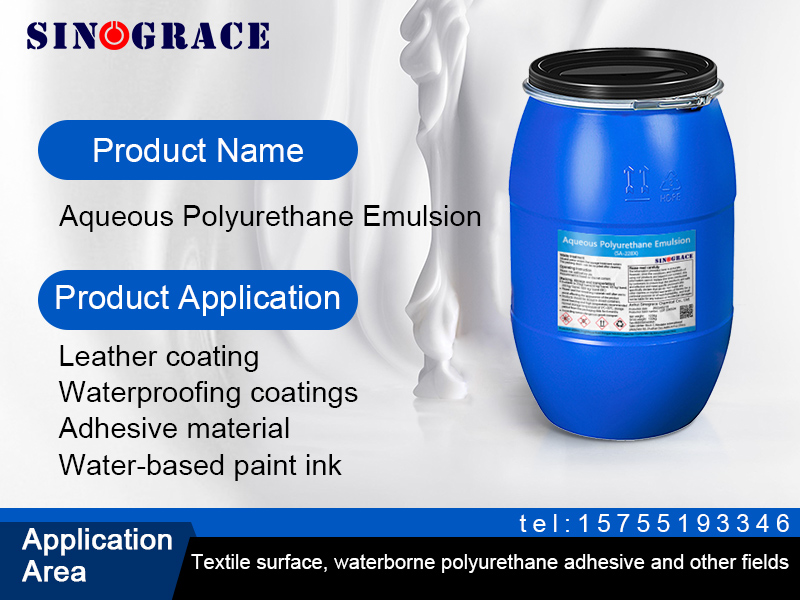The application field of removable Adhesive
With the continuous improvement of people's demand for life, glue and adhesive products are also advancing with The Times and constantly upgrading to meet people's needs. The emergence of removable glue greatly satisfies this phenomenon, so what is removable glue? What are the characteristics of removable glue? Removable adhesive is a new type of environmentally friendly synthetic material, the application of a new technology, because of its environmental protection and random tear paste characteristics by the masses like, to a large extent, gradually replaced the ordinary double-sided adhesive. Removable glue is a kind of premolded small glue, ultra-thin glue, elastic glue, can move at will, leaving no traces of single-sided or double-sided glue. It is different from the traditional adhesive supplies, has been designed and made according to your requirements of the glue specifications, size, shape, you just start to paste the two products butt can be. Removable glue features: Name: Removable glue, non-trace glue, washing glue, foam non-trace removable glue, etc. Material: Synthetic rubber. Stickiness: strong stickiness, enough for daily life, like no mark hook, etc. Removable adhesive performance: 1.Can move freely, paste freely, repeat paste; 2.Do not leave any traces, repeated paste and separation will not leave any traces on the surface and objects. 3.Can be washed with water, paste surface has dust or other dirt, can be washed with clean water, after drying to maintain the original viscous effect. 4.Office stationery gift industry: removable signage, removable puzzle, removable adhesive paper, removable foam tape, removable double-sided tape, stationery assembly, toys, gifts, arts and crafts, billboard bonding, signage paste, announcement removable paste; 5.Daily necessities industry: no mark hook, removable refrigerator paste, bathroom products bracket fixed, removable toilet mat, wedding car decoration, adhesive mirror, photo wall decoration, wall decoration painting; 6.Space vehicle and ship industry: automotive advertising stickers, automotive decoration stickers, automotive side trim, stainless steel tank cover, pedal, brake lights, signs, bumper anti-collision board, sealing strip, auto parts fixed; 7.Construction field: removable wood floor, removable floor tiles, removable wall decoration, doors and Windows, glass, wall, aluminum curtain wall, elevator wall board installation and fixation, safety glass bonding, elevator advertising without trace paste; 8.Craft jewelry industry: glass surface decoration paste, glass explosion-proof paste, jewelry fixed paste; 9.Hardware machinery industry: drawing paste, tool paste, industrial logo, sign paste, PC, PP and ABS and other materials of the letter, pattern bonding fixed, fixed nameplate. In addition to the range listed above, it can also be used in different materials, and is the first choice for many electronics and packaging industries. Sinograce Chemical Co., Ltd. has advanced testing a...
read more

 English
English français
français русский
русский español
español العربية
العربية








